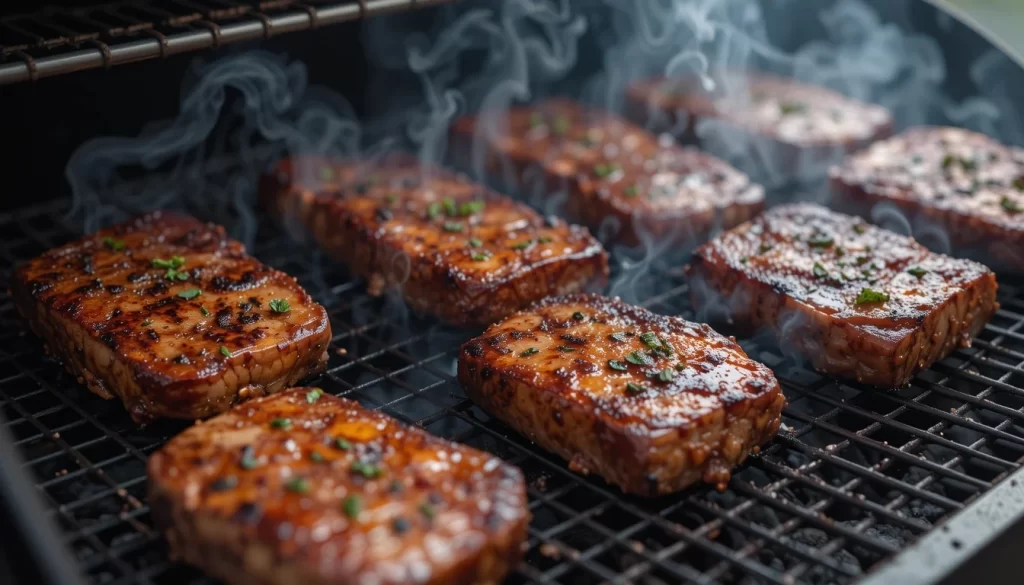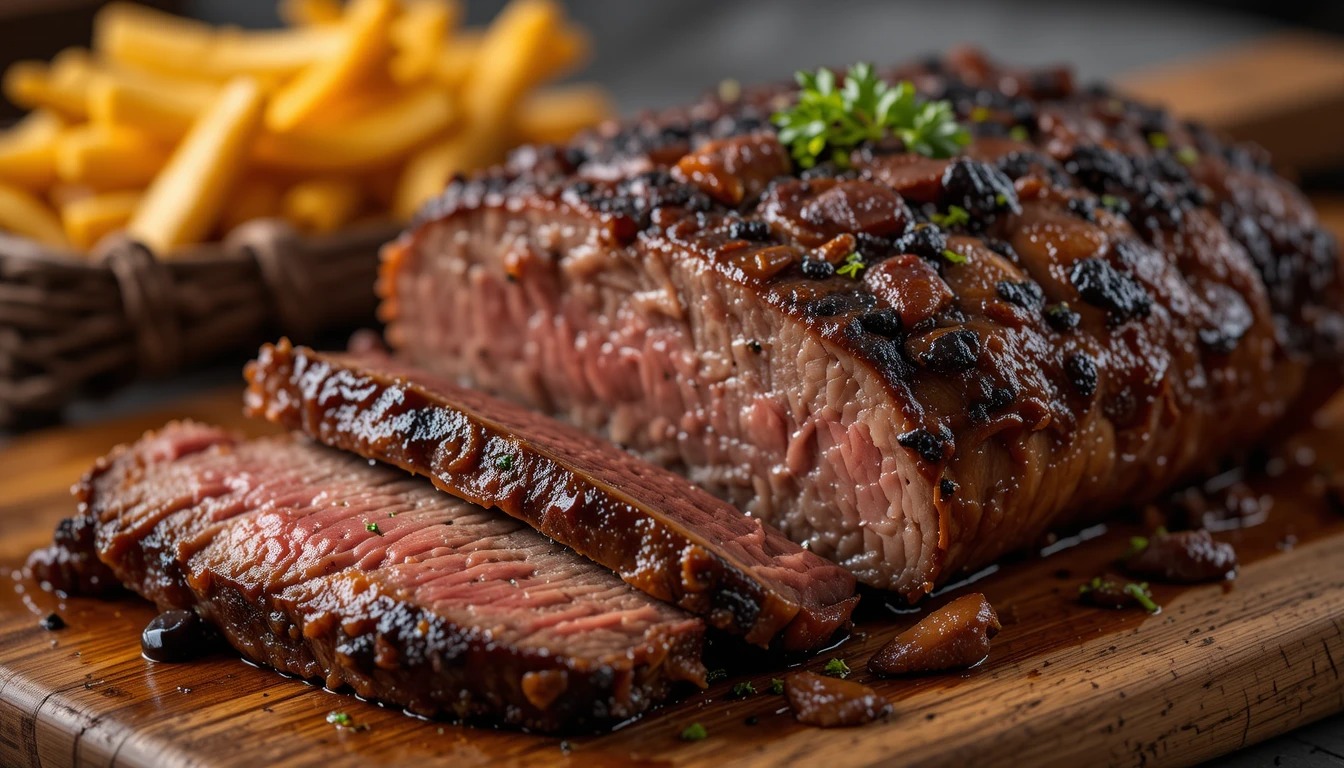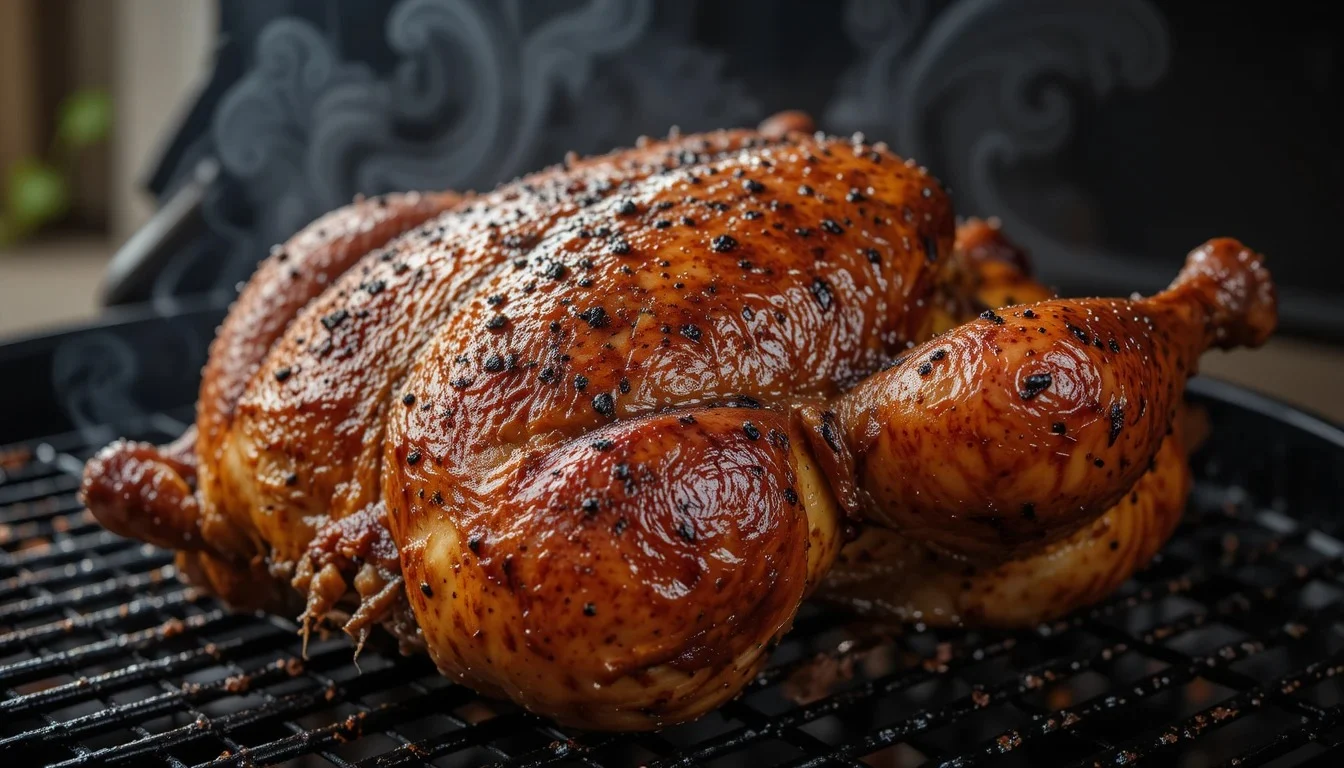Master the Art of Smoking Small Cuts: A Flavorful Guide for 2025

Did you know that smoking small cuts of meat can reduce cooking time by up to 50% compared to larger cuts? That’s right, folks! Welcome to the world of smoking small cuts – a game-changer for backyard barbecue enthusiasts and aspiring pitmasters alike. In this guide, we’ll dive into the juicy details of how to perfectly smoke those compact cuts of meat, unlocking a world of flavor in less time. Get ready to impress your friends and family with mouthwatering results that’ll have them coming back for seconds!
Selecting the Best Small Cuts for Smoking
Let me tell you, when I first started smoking meat, I was all about those big ol’ briskets and pork shoulders. But man, was I missing out on a whole world of flavor! Small cuts are where it’s at, folks. They’re perfect for when you don’t wanna spend all day babysitting your smoker or if you’re cooking for a smaller crowd.
So, what exactly qualifies as a “small cut” of meat? Generally, we’re talking about pieces that weigh anywhere from 1 to 3 pounds. These bad boys cook up relatively quickly (usually in 2-4 hours) and are perfect for experimenting with different flavors and techniques.
Some of my favorite small cuts to smoke are chicken thighs, pork chops, and beef short ribs. Chicken thighs are super forgiving and soak up smoke flavor like nobody’s business. Pork chops, when done right, are juicy and tender with a perfect kiss of smoke. And don’t even get me started on beef short ribs – they’re like little nuggets of beefy heaven!
But here’s the thing: not all small cuts are created equal. When you’re picking out meat for smoking, you gotta pay attention to a few key factors. First up is marbling. That’s the little streaks of fat running through the meat. More marbling usually means more flavor and juiciness. Then there’s thickness – you want cuts that are at least an inch thick, so they don’t dry out during the smoking process.
And then there’s the age-old debate: bone-in or boneless? Personally, I’m a bone-in guy. The bone helps keep the meat moist and adds extra flavor. But hey, if you prefer boneless, go for it! Just keep an eye on ’em so they don’t dry out.
Now, where should you get these meaty morsels? If you can, find yourself a good local butcher. These folks know their stuff and can often hook you up with some prime cuts. Don’t be shy about asking questions – most butchers love talking about meat and can give you some great tips. If you don’t have a local butcher, look for specialty stores or even farmers markets. The quality is usually worth the extra few bucks.
Essential Techniques for Smoking Small Cuts
Alright, now that we’ve got our meat, it’s time to fire up that smoker! But hold your horses – there’s a bit more to it than just chucking the meat in and hoping for the best.
First things first, you gotta prep your smoker. For small cuts, you want a steady temperature between 225°F and 250°F. Any hotter and you risk drying out the meat. I learned this the hard way with some seriously leathery pork chops – not my finest moment, let me tell you.
Temperature control is crucial when smoking small cuts. These little guys can go from perfect to overcooked in the blink of an eye. I highly recommend investing in a good digital meat thermometer. Trust me, it’s a game-changer. You’ll want to monitor both the smoker temp and the internal temp of the meat.
Now, let’s talk seasoning. This is where you can really let your creativity shine. For most small cuts, a simple rub of salt, pepper, and maybe some garlic powder works wonders. But don’t be afraid to experiment! I once did a coffee and chili rub on some beef short ribs that was out of this world.
If you’re feeling fancy, try marinating your meat overnight. A good marinade can add tons of flavor and help keep the meat moist during smoking. Just remember to pat the meat dry before putting it in the smoker – wet meat doesn’t take on smoke flavor as well.
Speaking of smoke, choosing the right wood is key. For chicken and pork, I love using fruit woods like apple or cherry. They give a nice, mild smoke flavor that doesn’t overpower the meat. For beef, I usually go with something stronger like hickory or mesquite. But hey, there are no hard and fast rules here. Play around and find what you like!
As for timing, it really depends on the cut and how thick it is. But here are some rough guidelines to get you started:
- Chicken thighs: 1.5 to 2 hours
- Pork chops (1-inch thick): 1.5 to 2 hours
- Beef short ribs: 3 to 4 hours
Remember, these are just guidelines. Always cook to temperature, not time. For most cuts, you’re aiming for an internal temp of 165°F for poultry and 145°F for pork and beef.
Elevating Your Smoked Small Cuts Game
Okay, so you’ve mastered the basics. Now it’s time to take your smoked small cuts to the next level! Let’s start with some killer rub and sauce recipes.
For chicken, I love this spicy-sweet rub:
- 2 tbsp brown sugar
- 1 tbsp paprika
- 1 tsp cayenne pepper
- 1 tsp garlic powder
- 1 tsp onion powder
- Salt and black pepper to taste
Mix it all up and rub it on those chicken thighs before smoking. Trust me, your taste buds will thank you.
For pork chops, try this tangy mustard sauce:
- 1/4 cup Dijon mustard
- 2 tbsp apple cider vinegar
- 2 tbsp honey
- 1 tsp Worcestershire sauce
- Salt and black pepper to taste
Brush this on your pork chops during the last 30 minutes of smoking for a flavor explosion.
Now, let’s talk about pairing. Smoked meats are pretty hearty, so you want sides that can stand up to them. For chicken, I love a crisp coleslaw or some grilled corn on the cob. With pork chops, apple sauce is a classic for a reason – that sweet-tart flavor complements the smoky pork perfectly. And for beef short ribs? You can’t go wrong with some creamy mashed potatoes.
As for beverages, a cold beer is always a winner with smoked meats. But if you’re feeling fancy, try pairing your smoked chicken with a crisp Sauvignon Blanc, your pork chops with a fruity Pinot Noir, or your beef short ribs with a bold Cabernet Sauvignon.
Now, let’s get into some advanced techniques. Have you ever heard of the reverse sear method? It’s a game-changer for thicker cuts like pork chops or steaks. Here’s how it works:
- Smoke your meat at a low temperature (around 225°F) until it’s about 10-15 degrees below your target temp.
- Take it off the smoker and crank up the heat (or fire up a grill) to high.
- Quickly sear the meat on both sides to get a nice crust.
This method gives you perfectly cooked meat with a beautiful crust. It’s a little more work, but man, is it worth it.
Speaking of beautiful, let’s talk about that coveted smoke ring. You know, that pink layer just under the surface of the meat? It’s not just for looks – it’s a sign of properly smoked meat. To get a good smoke ring, make sure your meat is cold when it goes on the smoker. The smoke ring stops developing once the meat hits about 140°F internal temp, so starting cold gives you more time for that ring to develop.
As for bark, that’s all about moisture and sugar. A good rub with some sugar in it will help develop a nice bark. Just be careful not to use too much sugar, or you’ll end up with burnt meat instead of bark.
Now, I know smoking meat can be tricky, especially when you’re just starting out. So let me share some common issues I’ve run into and how to fix ’em:
- Dry meat: This usually means you’ve overcooked it. Remember, small cuts cook fast! Use a meat thermometer and pull the meat off a little before it hits your target temp – it’ll keep cooking for a bit after you take it off.
- Not enough smoke flavor: Make sure you’re using enough wood chips or chunks. Also, most of the smoke absorption happens in the first couple hours of cooking, so don’t be shy with the smoke early on.
- Tough meat: This could mean you’re cooking at too high a temperature. Low and slow is the way to go with smoking. Keep that temp between 225°F and 250°F.
- Uneven cooking: This is often due to hot spots in your smoker. Try rotating your meat halfway through the cook to ensure even cooking.
Remember, smoking meat is part science, part art. Don’t be afraid to experiment and find what works best for you and your smoker. And most importantly, have fun with it! There’s nothing quite like sharing a meal of perfectly smoked meat with friends and family. Happy smoking, folks!
Conclusion
There you have it, fellow smoke enthusiasts! With these tips and techniques, you’re well on your way to becoming a master of smoking small cuts. Remember, practice makes perfect, so don’t be afraid to experiment with different flavors and methods. Whether you’re whipping up a quick weeknight dinner or impressing guests at your next barbecue, smoking small cuts offers endless possibilities for delicious, tender results. So fire up that smoker, grab your favorite cut, and let the mouthwatering aromas fill the air. Happy smoking!
FAQ
- How long does it take to smoke small cuts of meat?
Smoking times vary depending on the cut and desired doneness, but generally range from 1-4 hours for small cuts. - What’s the best temperature for smoking small cuts?
Aim for a smoker temperature between 225-250°F (107-121°C) for most small cuts. - Can I use a gas grill to smoke small cuts?
Yes! With proper setup and wood chips, you can achieve great results on a gas grill. - Should I wrap small cuts when smoking?
It’s not always necessary, but wrapping can help retain moisture and speed up cooking time. - How do I know when my smoked small cuts are done?
Use a meat thermometer to check internal temperature for doneness, as visual cues can be misleading.


